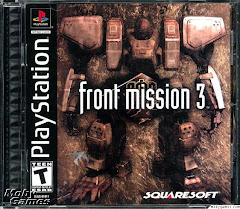The 3rd pillar of the fundamental truths of game development is Games are for Players. The principle that developed from this understanding is:
- Build for the masses design depth for the advanced
Gears of War 2: Reload Mechanic:
Each weapon can chamber "X" amounts of ammunition. Once the chamber is empty the weapon needs to be reloaded before being able to fire. Reloading weapons was developed in two ways:
- Masses - Fire until ammo is drained from weapon. Automatic reloads. Don't need to worry reloading.
- Advanced - Manually reload with a risk reward system. Properly time a button press to stop the moving bar to land on the sweet spot and you reload faster and get a damage boost. Failing by pressing too early or too late and your gun jams and takes even longer to reload.
Bayonetta: Very Easy Automatic Mode
The reverse of the principle. The combat design is intended to be complex and difficult for the hardcore market. Platinum Games developed an automatic mode for the players that lacks the desire, skill or time to master the hardcore game play mechanics. The depth of controller interface and decision making is available for the Core player, yet it's not necessary for the casual player in order to advance through the game.
- Masses - In Hideki Kamiya, director of Bayonetta, words from his blog "This is the power of Automatic. Automatic can be used on Easy and Very Easy difficulties, and leaves the most complex controls up to the CPU." Play one-handed.
- Advance - In another blog Hideki Kamiya implies the intent for the hardcore audience with "For instance, with Bayonetta, we would hate for someone to think it is a heartwarming tale and then buy the game to discover it is really a sadistically hard game (I hope…) where you play as a witch who laughs as she destroys angelic enemies."
Most decisions will be made with the target audience in mind. Designing mechanics so that the game is enjoyable to as many people as possible is common sense. Design the core mechanics so that the casual has accessibility in game play but design depth that the hardcore can take advantage of and improve performance. Who cares how the player plays the game, as long as they had fun and bought it new ;)




















No comments:
Post a Comment